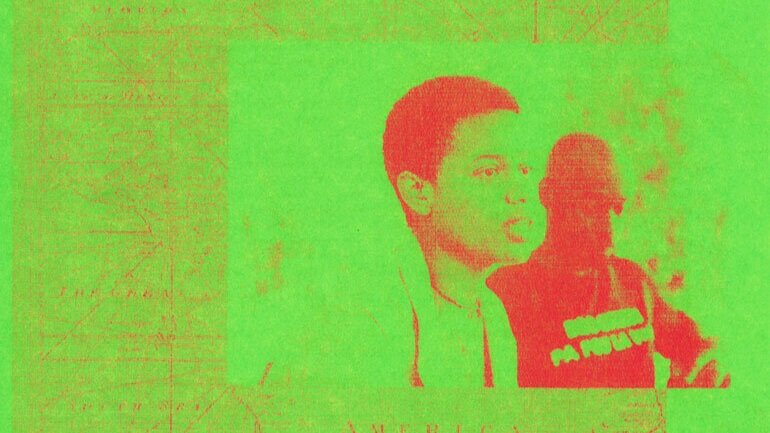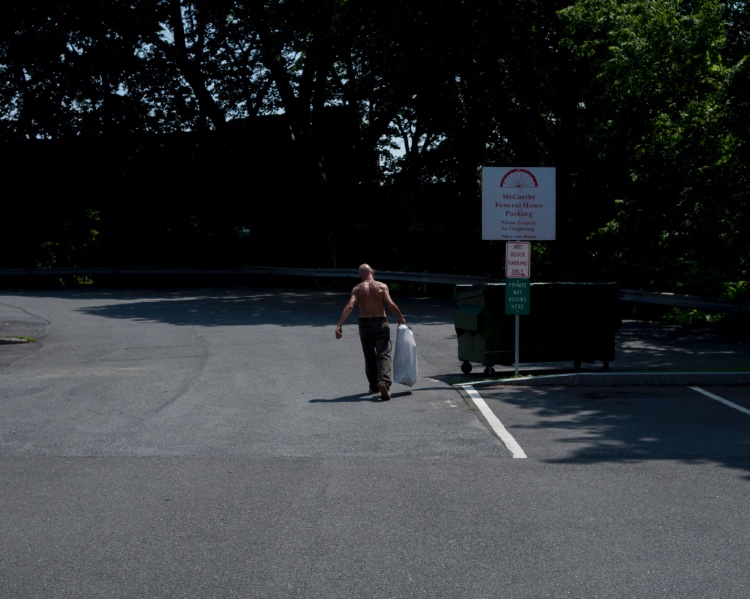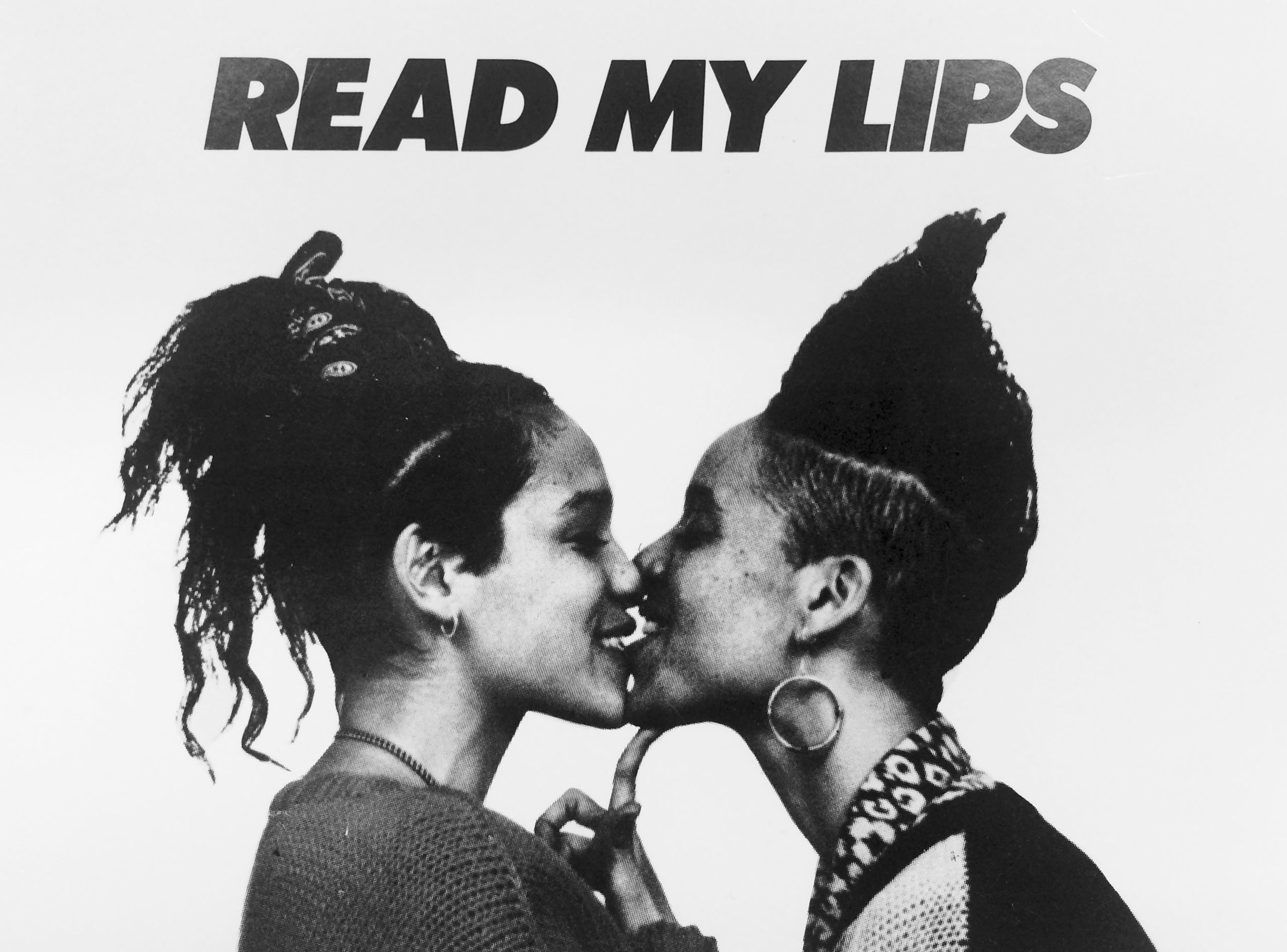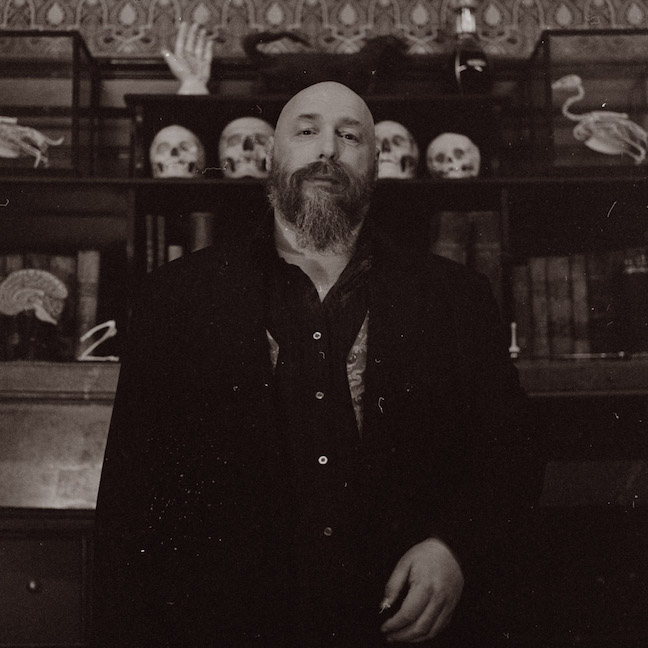We The News

Engaging the public with bold, colorful zines, Dominican-born artist Lizania Cruz reclaims the sidewalk —from Pittsburgh to Bed-Stuy—with We The News, a newsstand of exclusively immigrant voices
First developed in Bedford-Stuyvesant as part of The Laundromat Project‘s Create Change residency program, We The News consists of three stages: a story-circle, a zine, and a newsstand. In these three stages, Lizania Cruz—participatory artist and designer—counters the pervasive spread of divisive rhetoric by physically creating space for the multitude stories that humanize immigration and its tendrils of being and belonging. We The News aims to rewrite the reductive expression of immigration as one, solidified struggle into the plural: a thriving, ever-present and complex web of narratives that can be voiced in many tones.
In partnership with Albert Saint-Jean, chief organizer for the Black Alliance for Just Immigration (BAJI), Cruz organizes story-circles for immigrants to share their diasporic experiences and anecdotes of traditions. What fills the silence of the circle ranges: from Ghanian immigrant walking from Brazil to the Mexican border, to a generations-old recipe for Jamaican Rice and Peas. Heavy on the typography, Cruz designs the excerpts from the circles into a series of zines—each story essentialised into bold and beautiful color. A newsstand then materialises on a sidewalk as a pre-digital solution to rhetoric that insidiously spreads in virtual form.
With Alexandria Ocasio-Cortez participating in a recent story-circle and pop-up newsstands in Miami’s Art Basel and Pittsburgh, We The News represents how shared vulnerability and bold color can be a prime example of direct action.
There are so many different traditions of oral storytelling. Can you walk me through the process of a story-circle? How does the circle begin? What qualities make a good story-circle?
We start the story circle with a prompt (a quote from a book or an open question). Everyone gets a set amount of time to speak, either 10 or 15 minutes. People hold their own time.
“The biggest acts of resistance require acknowledging your position within a community”
The best story-circles are the ones that feel more intimate— like you are sitting at a dinner table where you feel very comfortable. Often times, it takes one person to be very vulnerable for the entire room to change. As soon as someone breaks, there's a complete shift with how people share. It happens every time—that break—and you never know who that person might be…But the first story circle is still the most special for me. We were in Hancock Community Backyard Garden Park in Bed-Stuy, a setting that felt very intimate and unique. It was very intergenerational: we had two domestic workers who were mothers, one of whom had two undocumented children; a lawyer who was first-generation Black American and talked about the Civil War in Liberia, and a Haitian refugee. We stayed for three hours and recorded two hours of audio. The experience just gave me a ton of energy.
“Un Viaje A Pie / A Walking Journey” Zine. 2017. Courtesy of Lizania Cruz
What does that energy feel like?
It’s definitely more of collective energy…like we are a community of folks fighting for many things.
Acts of resistance can be portrayed as very muscular but often there is an element of vulnerability. If we rally around this feeling of vulnerability, then something really strong sprouts. Is that right?
Resistance is such a loaded word. The biggest acts of resistance require acknowledging your position within a community. The only way to achieve that is to be truly vulnerable and to respect that vulnerability. Tough skin makes us feel less empathetic about understanding the differences in other people. Vulnerability opens us to other folks’ differences because we want people to accept our own.
How do you retain that vulnerability graphically?
I center the design in the words rather than the imagery...The imagery must come from the person. For instance, a Ghanaian participant took a boat from Ghana to Brazil and then walked from Brazil to the Mexican border. The images in that scene are from their WhatsApp group chat, which to me is mind-blowing. There is a heavy focus on typography and being very mindful of the grid. But the color of the paper itself is really my design tool. I want the newsstand itself to feel very colorful: to allure and attract people in. That's where I spend most of my time thinking, “what color mood is this story?” We are colorful people. People get pulled in by the color and stay for the story.
“People get pulled in by the color and stay for the story”
All of the zines include both the mother tongue of the original speaker and the English translation. This story, “Chen Michan de Masson”, was told by a Haitian writer, Adolf Alphuzar. Courtesy of Artist Lizania Cruz
“Restaurer le passé ou construire un avenir ? Planter ou enterrer? Le cimetière ou l’accouchement ? Né d’un déracinement et d’un déni, le pays aime ses racines. Il en a fait un culte et une maladie. Les ancêtres sont vénérés comme des parents, comme des guides, comme des martyrs, des fondateurs de villages, comme des sources d’inspirations et comme moyen de garder le sol sous la semelle. Cela est bien. Un être sans ancêtre est une feuille morte qui tient la main à une valise, un homme sans mur derrière le dos, un buisson avec un drapeau.”
“Restore the past or build a future? Plant or bury? Cemetery or childbirth? Born of both uprooting and denial, the country loves its roots. It makes this love a cult and an illness. The ancestors are venerated as parents, as guides, as martyrs, as founders of villages, as sources of inspiration and as a means of keeping the soil under the soles. That is fine. A being without an ancestor is a dead leaf that holds a suitcase, a man without a wall behind his back, a bush with a flag.”
- Kamel Daoud, Algerian writer
The common thread of the three stages—story-circle, zine, newsstand—is the physicality. Why is the physical so powerful? Could this project work virtually?
Newsstands used to be a staple of New York City. As the city has become heavily gentrified—starting with Giuliani and continuing with Bloomberg—newsstands have become less specific to the identity of a neighborhood. I was interested in working on a hyper-localized level. I wanted to reclaim the sidewalk as a public space. Also, archives are political. The question becomes how these pamphlets will become an archive in the future.
“This project shifts the word paper is used: from the way we are measured into an archive and document of our stories”
To be represented is to take up literal space. If it’s just virtual space…
Yeah, then who knows what will happen? We did a panel discussion recently, where Nontsikelelo Mutiti, an artist whose work uses the printed form as a way to shift and understand history, said something really powerful that stayed with me. In the immigrant narrative, we talk about a lot about papers: to have papers or to not have papers. It’s a more common way of saying undocumented and for sure a better way of saying illegal. It’s part of our vernacular. She was saying that even when you're applying to a visa, green card, or citizenship, you have to create all this material that is actually printed on paper. It’s just stacks of paper. She noted that this project shifts the word paper is used: from the way we are measured into an archive and document of our stories. I know that these stories needed to be printed but to think of the project as a reclamation of the word paper, that is really beautiful.
The name itself says so much: We The News. How’d you come up with it?
Well, we are the people in the news, so why not call it We The News?
Miami, December 2018. Photo by Alina Rancier of Lizania Cruz
Lizania Cruz is a participatory artist and curator who explores ‘being and belonging’ in immigration narratives. Her latest projects are Flowers for Immigration and We The News. She was a 2017-2019 Create Change artist-in-resident at the Laundromat Project and a 2019 Recess session artist.
ACTIONS
Donate to The Laundromat Project, a non-profit organization that supports We The News and countless other artistic projects that empower underrepresented voices.









